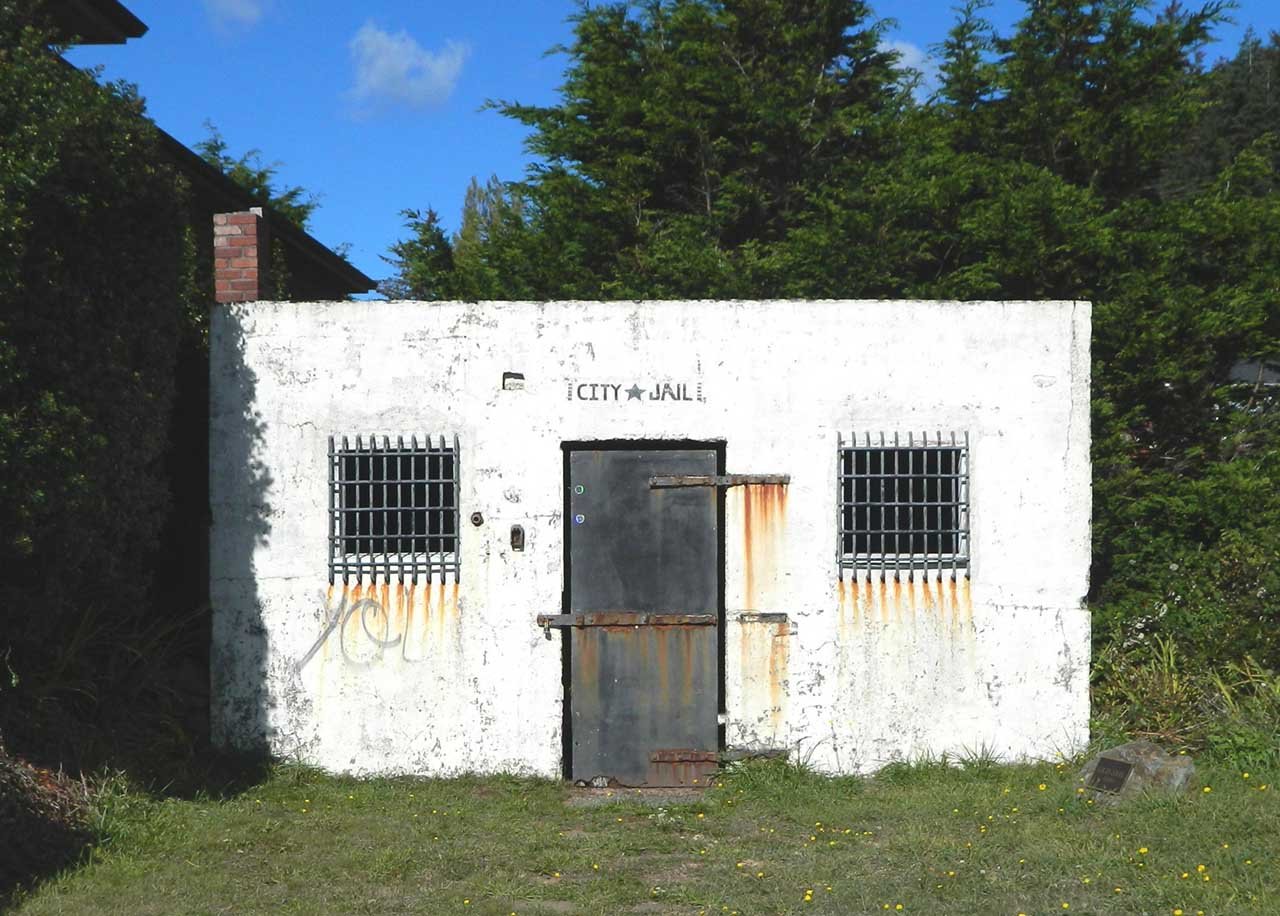Port Orford City Jail in Oregon Earns National Historic Places Status for Ties to Mayor Gilbert E Gable

Nominated for its significant connections to Port Orford’s early city governance and its first mayor, Gilbert E. Gable, the Port Orford City Jail is one of Oregon’s newest entries in the National Register of Historic Places, which could boost tourism and community pride.
Port Orford City Jail Gets Historic Places Status
The Port Orford City Jail retains its historic appearance, reflecting its original purpose, despite surrounding properties being redeveloped.
Nominated by Oregon’s State Advisory Committee on Historic Preservation (SACHP) at their February 2025 meeting, the National Park Service, which maintains the National Register of Historic Places, accepted the nomination of Port Orford City Jail in late April 2025.
Residents of Port Orford voted to incorporate the city in 1935. Port Orford City Jail was built in 1939 near Seventh and Jefferson Street in Port Orford. It was the first and only all-new governmental building built during the Gable administration.
After he arrived in 1934, Port Orford’s first mayor (voted in 1935), the charismatic Gilbert E. Gable (1886-1941), headed several businesses, including the port facility in Port Orford, a sawmill, and mining properties.
He was also a trailblazer in the Depression-era development of the community. Gable remained the mayor until his death in December 1941.
While in office, Gable worked constantly to draw attention to the economic needs of Southwestern Oregon, and his efforts included:
- Providing support to the town of Bandon after it was destroyed by fire in 1936.
- An attempt to connect the region to the inland valleys of Oregon through the Gold Coast Railroad, but the project did not succeed.
Although Gable’s work undoubtedly benefited his own companies, it made him a popular political figure. In the fall of 1941, he suggested that Curry County could secede from Oregon, a movement that quickly became known as the State of Jefferson.
While the State of Jefferson as an active movement ended within a week of Gable’s death a few months later, its ideas remain well into the 21st century.
The Port Orford City Jail was used from 1939 until around 1965. It was later sold to a private party. Eventually, it was occupied by a novelty shop and then a fish market before standing unused for many years.
The City of Port Orford reacquired the building property in 2007.
More information about the Port Orford City Jail and other historic Oregon listings is online at oregonheritage.org (under “Designate”).
